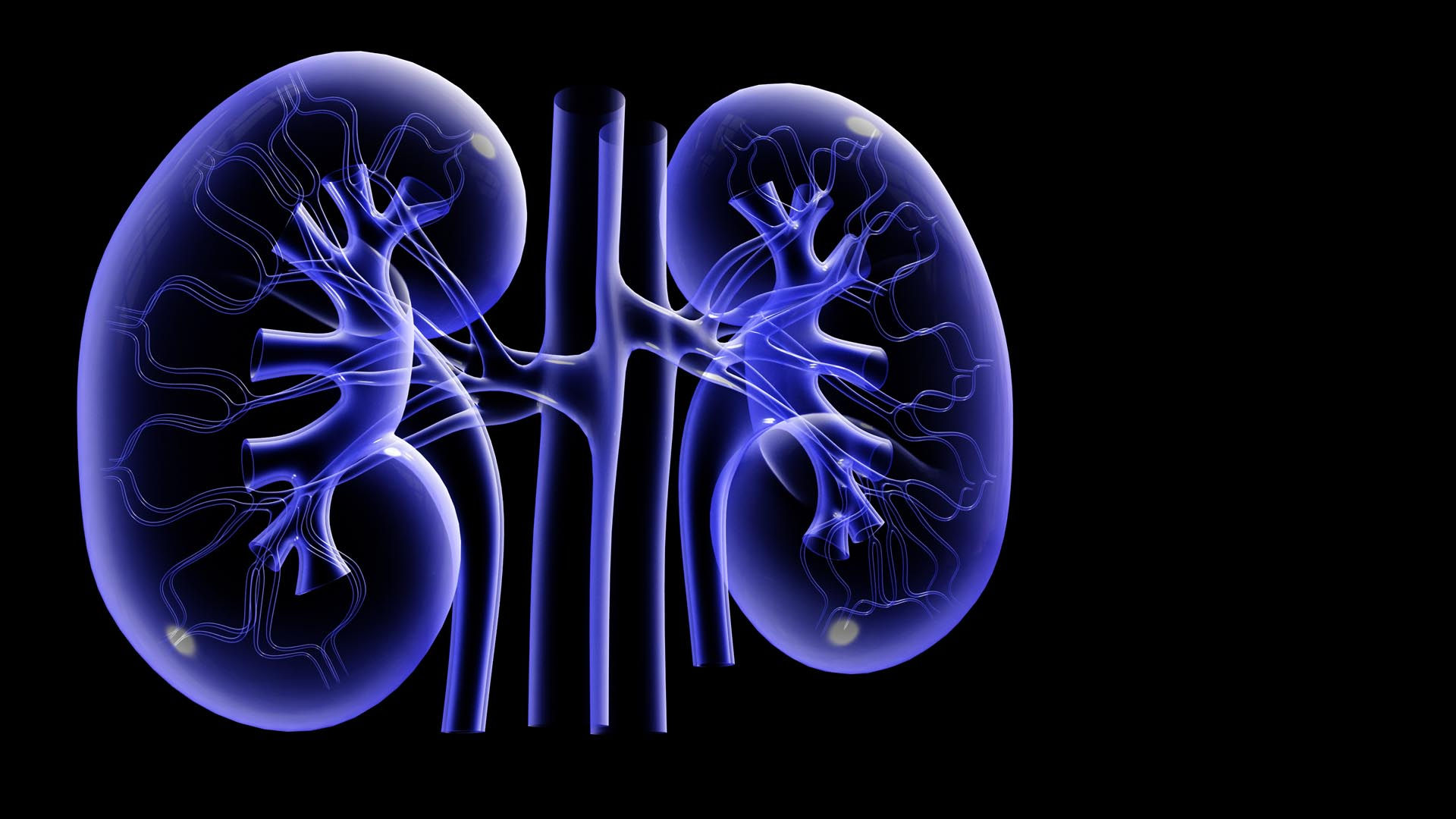
CKD is often asymptomatic in early stages, and may be detected by an investigative procedure like:
-
blood tests for creatinine/eGFR;
-
urine tests for albuminuria or proteinuria or haematuria.;
-
family history with polycystic kidney disease;
-
renal imaging
There are 5 stages in CKD, the last stage being End stage renal disease (ESRD) where the mortality rate is high. The stages correspond to the glomerular filtration rate of the kidney and its deterioration over the course of time.
The major causes of kidney disease and subsequent kidney failure in the US are diabetes (accounting for 44.4% of incident cases of kidney failure in 2006) and hypertension (accounting for 26.8%).
Conditions accounting for the remaining 29% include primary glomerulopathies like focal glomerulosclerosis and IgA nephropathy, inherited conditions like polycystic kidney disease, and autoimmune conditions like lupus.
In the US, ESRD care accounted for $23 billion from Medicare alone in 2006 – or 6.4% of the entire Medicare budget dedicated to less than 1% of Medicare beneficiaries.



The table shows the stages of chronic kidney disease and frequency of estimated glomerular filtration rate testing. (NICE 2008).
Clinical Repercussions

NHANES III data showing the prevalence of CKD Stages 1 to 5 in
the United States in 2003. (Source: Coresh et al. 2003.)
Prevalence of GFR <60 mL/min in relation to age and the
presence or absence of DM or HT. (Source: Coresh et al. 2003.)
In 2009 (the most recent statistics available), there were 116,395 new kidney failure diagnoses, 571,414 people living with kidney failure and 90,118 deaths among people with kidney failure.
Of the 398,861 people on dialysis in 2009, 380,760 were on hemodialysis (95% ofall dialysis patients) and 18,101 were on peritoneal dialysis (5% of all dialysis patients).
In 2009, 172,553 people were living with functional kidney transplants. As of February 2012, more than 90,000 people were on the waiting list for a kidney transplant; in 2011, about 14,000 kidney transplants were performed. Dialysis patients have adjusted all-cause mortality rates 6.5-7.4 times higher than the general population; the rate is 1.1-1.6 times higher for transplant patients.
Cost of Treating Kidney Failure
In 2009, overall Medicare expenditures for people with CKD totaled $33.8 billion, of that total, expenditures for people with CKD and diabetes accounted for $18 billion.
The savings to Medicare for each kidney disease patient who does not progress on to dialysis is estimated to be $250,000.
In 2009, Medicare spent $29 billion (6.7% of its total budget) on kidney failure.
Treatment costs to Medicare per patient, per year in 2009 were:
$82,285 for hemodialysis patients
$61,588 for peritoneal dialysis patients
$29,983 for transplant patients
An Estimated 26 Million Adults in the United States have Chronic Kidney Disease (CKD)



Budget and statistics
The graphs depict CKD statistics for age groups over a period. The graph beside shows the Mortality rates for ESRD patients.